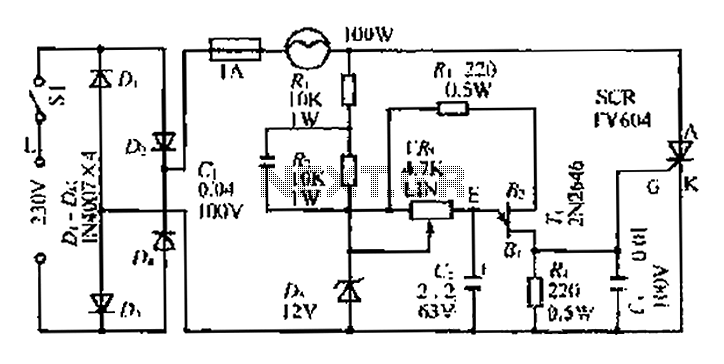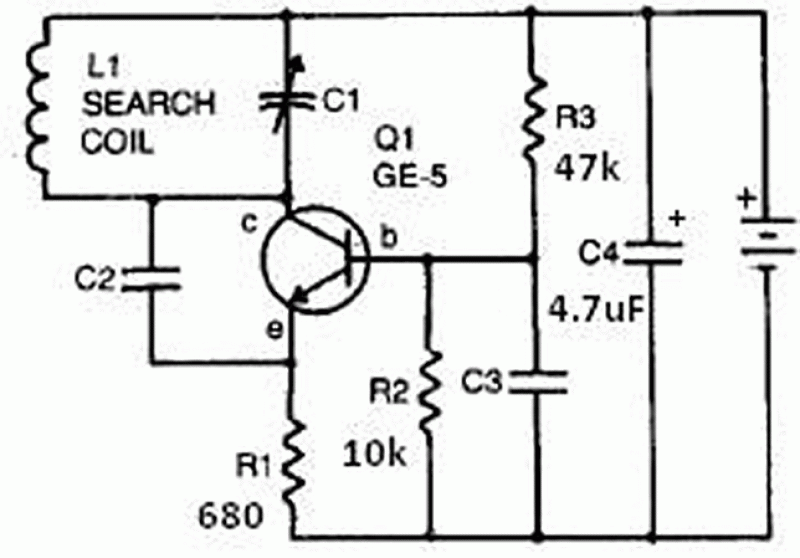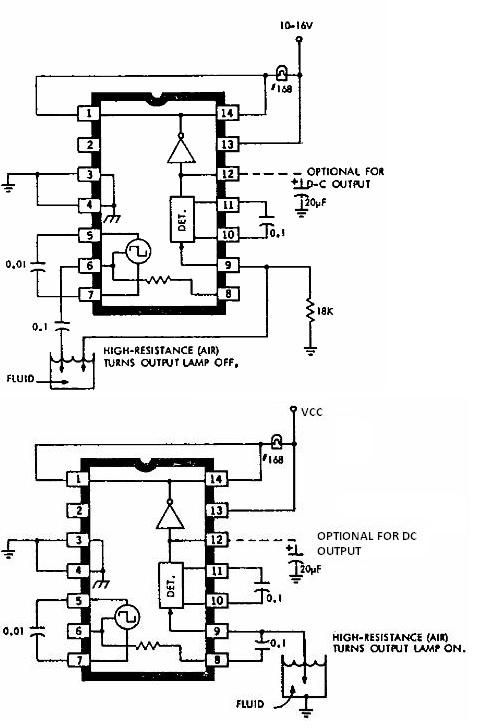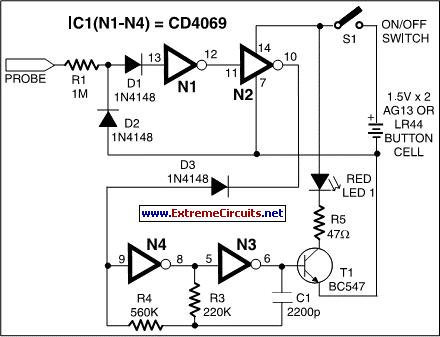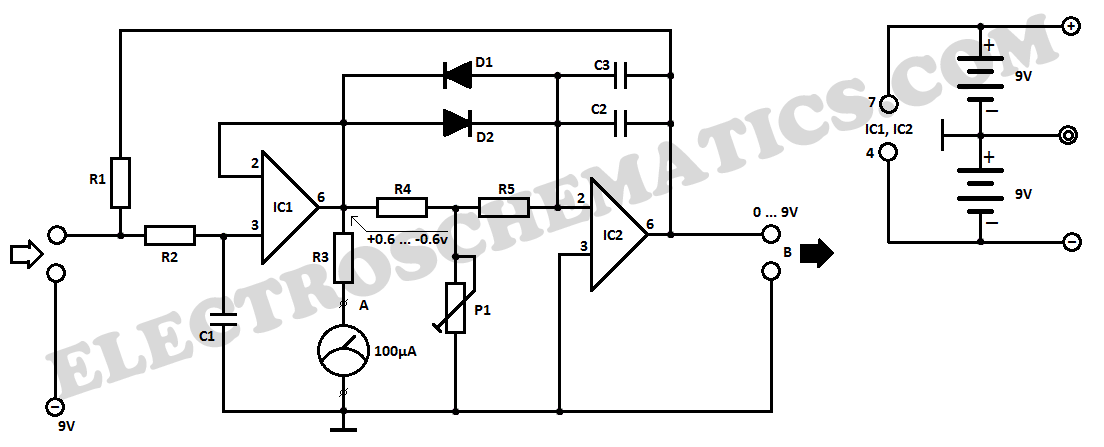
XR2211 Linear FM Detector
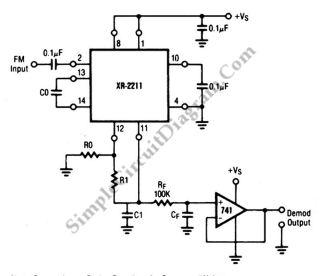
This is a linear frequency modulation (FM) detector circuit. This circuit is commonly utilized in telemetry applications and a wide range of analog communication systems. The primary component of this circuit...
The linear FM detector circuit is designed to demodulate frequency-modulated signals by converting variations in frequency back into their original amplitude-modulated form. This functionality is essential in various applications, particularly in telemetry, where data is transmitted over distances and must be accurately received and interpreted.
The circuit typically consists of several key components, including a mixer, a phase-locked loop (PLL), and a low-pass filter. The mixer combines the incoming FM signal with a local oscillator signal to produce an intermediate frequency (IF) signal. This IF signal is then processed by the PLL, which locks onto the frequency of the incoming signal, ensuring that the demodulation process remains stable and accurate. The output of the PLL is then passed through a low-pass filter to remove any high-frequency components, resulting in a clean demodulated signal that represents the original information.
In telemetry applications, this linear FM detector circuit can be employed in various sensor systems, where data collected from remote locations is transmitted wirelessly. The ability to accurately demodulate these signals is crucial for ensuring data integrity and reliability. Additionally, the circuit may be optimized for specific frequency ranges or bandwidths, depending on the particular requirements of the communication system in which it is implemented.
Overall, the linear FM detector circuit plays a vital role in the field of analog communications, facilitating the effective transmission and reception of information across diverse applications.This is a linear FM detector circuit. This circuit usually is used in telemetry applications and wide range of analog communications. The main part of this.. 🔗 External reference
The linear FM detector circuit is designed to demodulate frequency-modulated signals by converting variations in frequency back into their original amplitude-modulated form. This functionality is essential in various applications, particularly in telemetry, where data is transmitted over distances and must be accurately received and interpreted.
The circuit typically consists of several key components, including a mixer, a phase-locked loop (PLL), and a low-pass filter. The mixer combines the incoming FM signal with a local oscillator signal to produce an intermediate frequency (IF) signal. This IF signal is then processed by the PLL, which locks onto the frequency of the incoming signal, ensuring that the demodulation process remains stable and accurate. The output of the PLL is then passed through a low-pass filter to remove any high-frequency components, resulting in a clean demodulated signal that represents the original information.
In telemetry applications, this linear FM detector circuit can be employed in various sensor systems, where data collected from remote locations is transmitted wirelessly. The ability to accurately demodulate these signals is crucial for ensuring data integrity and reliability. Additionally, the circuit may be optimized for specific frequency ranges or bandwidths, depending on the particular requirements of the communication system in which it is implemented.
Overall, the linear FM detector circuit plays a vital role in the field of analog communications, facilitating the effective transmission and reception of information across diverse applications.This is a linear FM detector circuit. This circuit usually is used in telemetry applications and wide range of analog communications. The main part of this.. 🔗 External reference
